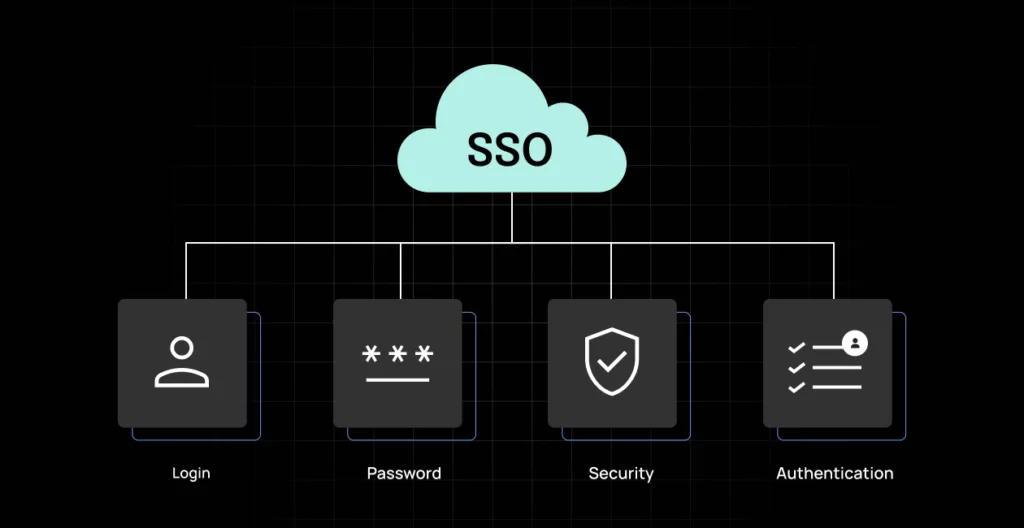Somewhere, in a quiet sketchbook or on the back of a crumpled napkin, a tattoo design is being born.
It might be a quote whispered by memory. A shape repeated in dreams. A symbol once scribbled and saved. No matter how it starts, it moves toward permanence—one line, one curve, one choice at a time.
Tattooing was once simple. Pick something from the wall, pay the price, and walk away with a bold, inked badge of defiance or tradition. It was fast, transactional, and mostly symbolic. You knew what you wanted the moment you walked into the tattoo shop—or you decided while scanning a flash sheet next to the register.
But somewhere along the way, tattoos shifted. Not in their meaning, but in their language.
They started speaking stories.
Memory As Medium
Every tattoo begins in the invisible. The inspiration often isn’t inked first—it’s remembered. It’s the sound of a name. The skyline of a place. A fragment of something lost or something loved.
What used to be just visual art has now become narrative. People don’t just get a tattoo of a bird—they get the bird their grandmother used to feed every morning. They don’t just want a rose—they want the exact shade of red that matched the one tucked in their wedding bouquet.
This is the story beneath the surface. Skin becomes the page.
Symbols With Sentences
What’s fascinating is that even minimal tattoos—those tiny walk in tattoo designs done on a whim—carry more context now than ever before. A single line might mean freedom. A series of dots might mark a journey. Placement itself has become language: behind the ear, near the ribs, across the fingers. Every choice is intentional.
And so tattoos today aren’t just about aesthetic—they’re about authorship.
You’re not just wearing a piece of art. You’re writing yourself into it.
Custom Over Copy
As this mindset has grown, so has the desire for custom work. Flash designs still exist—vibrant, accessible, beloved—but more clients are walking into studios with an idea rather than a finished picture. They want collaboration. They want the artist to co-create.
It’s not about inventing something never seen before. It’s about giving personal meaning to something familiar.
A sunflower? Sure. But drawn in the same angle as the one outside their childhood window. A snake? Yes, but coiled in the shape of a letter that only they recognize.
Tattoo shops that embrace this shift aren’t just places of design—they’re spaces of translation. Artists listen more than they talk. They ask questions. They sketch with story in mind.
Studios like Iris Tattoo & Piercings Miami have witnessed this evolution firsthand. They understand that while ink is permanent, so is the memory it carries—and people deserve a space that honors both.
The Rise of Micro-Narratives
Not every tattoo has to be a full chapter. Some are micro-stories—small details, quick lines, moments captured without grand explanation.
These often come through walk-in tattoos, where spontaneity meets intimacy. A semicolon. A date. A tiny planet. The initials of someone still important, even if no longer present.
What makes them powerful isn’t their size—it’s the fact that they exist at all.
There’s something profoundly modern about the way we now wear our inner lives on the outside. And while the world speeds up, tattoos slow us down—if only for a moment. They make us pause, mark something, and carry it forward.
Piercing the Narrative Thread
It’s not just tattoos that are telling stories. Piercings, too, have evolved beyond style into personal declarations.
A piercing might commemorate a rite of passage, a season of change, or the reclaiming of identity. A cartilage ring can mark the day someone left. A nostril stud might appear after a major move. Walk in piercing choices aren’t always pre-planned, but they’re almost always loaded.
Each piercing becomes punctuation—an exclamation point, a question mark, a new paragraph in the autobiography we write on our bodies.
When a client enters a piercing shop today, they often bring more than their body—they bring context. And skilled piercers don’t just punch holes—they hold space.
Storytelling in Layers
The beauty of body art now lies in its layering. A single tattoo might hold one story. But over time, as the skin becomes a gallery, the narrative expands.
Tattoos and piercings sit beside each other like chapters. A sleeve might grow slowly, each piece a new plotline. A curated ear stack might shift with each season, each stone or stud reflecting a different mindset.
We’re not just marking ourselves—we’re updating our story in real-time.
Permanent doesn’t mean static. It means chosen.
Culture and Connection
This evolution isn’t just personal—it’s cultural.
People are connecting through their ink. Shared designs become inside jokes or mutual symbols. Matching tattoos are less about fashion and more about loyalty. Coordinated piercings among friends feel like shared punctuation—one that reads: “We did this. Together.”
The rise of social media has only amplified this movement. You see a design and feel it. You share a post and find someone else who has the same quote, the same symbol, the same scar-to-ink transformation.
In this way, storytelling through tattoos has become collective. We’re all narrating, but we’re also listening.
A New Kind of Archive
Ten years ago, people wrote journals. Today, some of them wear theirs.
The body has become a living archive—not of what’s happened to us, but how we choose to carry it. The ink doesn’t erase the past; it reframes it. It doesn’t cover pain—it reclaims it. It doesn’t forget joy—it celebrates it.
Every tattoo is a footnote. Every piercing, a comma. Every design, a phrase you didn’t know you needed to say until it was already written on you.
And the most incredible part? There’s still space.
Final Thought: You Are the Author
Flash sheets will always have their place. So will custom sessions. So will walk-in tattoos chosen on the edge of impulse. But behind all of them is something deeper—something we rarely name.
Story.
You don’t need to explain your art to anyone. But if you want to, you can. If you want to keep it private, that’s sacred too.
Studios like Iris Tattoo & Piercings Miami see it every day—people walking in with stories they may not even realize they’re telling yet. That’s the beauty of it. Tattoo culture today isn’t just about design. It’s about declaration.
And in a world where everything can be deleted, filtered, or rephrased, there’s something powerful about choosing the permanent. About choosing ink. Choosing metal. Choosing you.
Because when you choose to tell your story on your skin—you’re not just remembering where you’ve been. You’re deciding how the next chapter begins.



